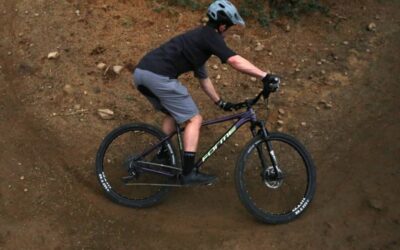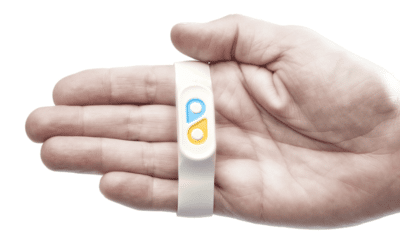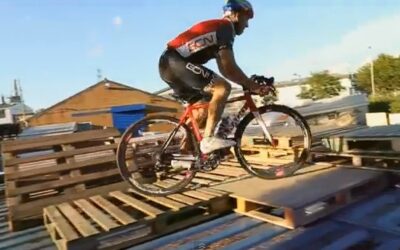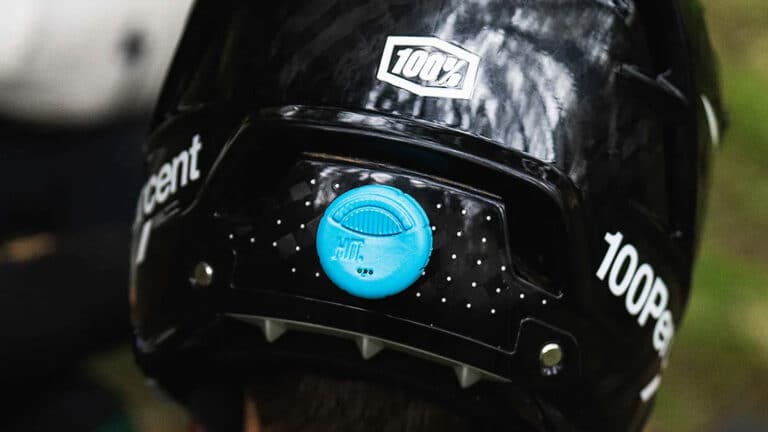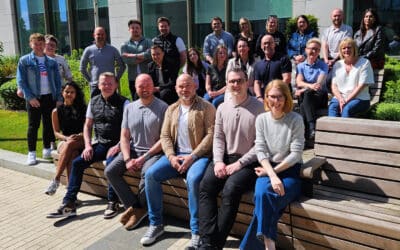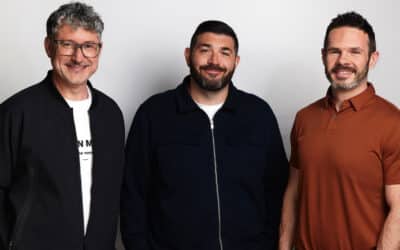Professional mountain bikers will be among the first to use a new, Scottish-developed device to monitor head impacts and their long term repercussions.
Several of the world’s top riders will start the new season with the HIT device, which monitors the g-force of a head impact, attached to their helmets. The technology also measures the smaller cumulative impacts experienced by riders on runs, even when they don’t crash, similar to the effect on a footballer regularly heading a ball over the course of a match.
The unit connects to an app which provides a traffic light warning system and, as concussion can be complicated to diagnose, allows the user to make an informed decision on whether or not to seek medical attention.
The device is also fitted with a GPS tracker and can alert parents if a child has had an accident on their bike or scooter.
HIT founder Euan Bowen first had the idea for the technology after seeing a friend suffer a serious concussion in a rugby match, and said that as well as helping protect individuals, the device will benefit research into concussion more generally. He added that the HIT tech it can be used in any “gravity sport” where helmets are worn.
The launch of HIT’s device has been welcomed by some of the world’s top riders, including former world champion Reece Wilson, who had a year out of the sport due to concussion: “They say you’re not truly living life unless you’re living it on the edge, and I couldn’t see myself doing anything else, but we do crash pretty frequently in mountain biking, so the HIT device is going to be really important for us,” he said.
Bowen and co-founder Andrew Wright moved into the Heriot Watt University Business Incubator in early 2019, and have been on the road to commercialisation ever since.
Bowen said: “What our device does is inform you with data so you, your teammate, or a parent can make a better decision. The device will learn with you and that’s the most exciting thing about it, we believe it is pioneering because we’re not collecting data in the lab, we’re collecting it from everyday users and pro riders, and we’re seeing trends.
“It’s an accessible device, not just for the pro riders, it’s for any age, any activity, any gender, and it’s helping protect you now, but in the future as well.”

